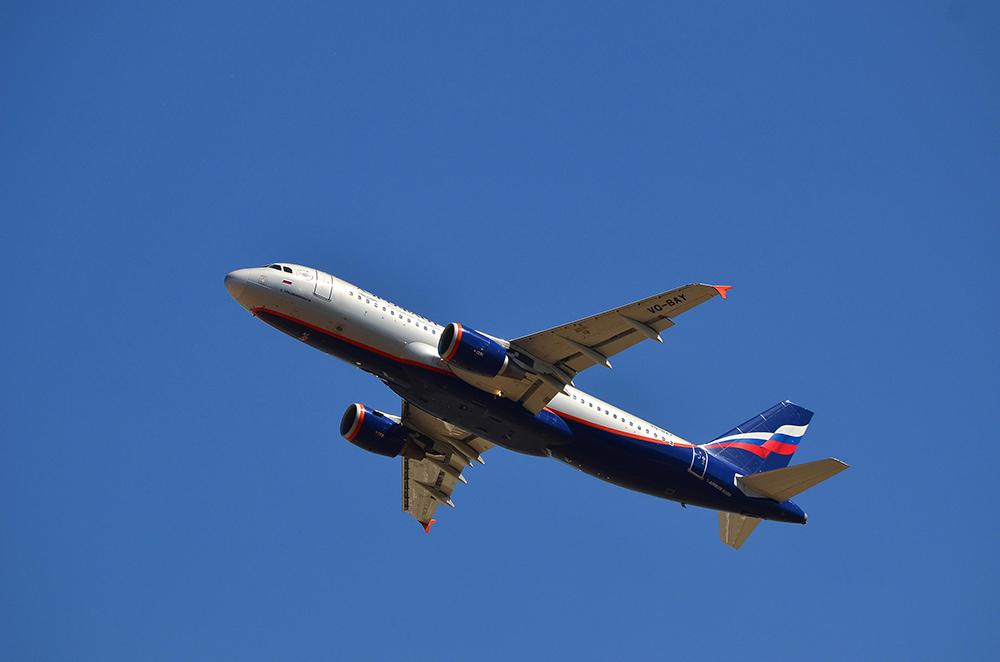
Indicating wide compliance with sanctions, U.S. exports of civilian aircraft, engines and parts to Russia were minimal in the first two months after sanctions were imposed. According to trade statistics from the U.S. Census Bureau, these exports totaled $35,000 in April 2022 and $27,000 in May.
These slim figures were a dramatic drop from the $33-35 million of aviation goods the U.S. exported to Russia in each of the first two months of 2022, before the Russian invasion of Ukraine. And they are dramatically less than the $73 million in average monthly exports of such goods during 2021.
However, the effect on the U.S. economy appears small. Prior to the COVID-19 outbreak, U.S. exports of civilian aircraft, engines and parts to Russia averaged nearly $100 million a month, or nearly $1.2 billion a year. Yet these direct exports to Russia were still less than 1% of similar U.S. exports to the world.
This appears a very small share for a country that operated about 6% of commercial fleets and flights. But almost 500 of Russia’s aircraft have been leased from western leasing companies, and much of the U.S. exports supporting Russian aviation likely went directly to these leasing companies, and then moved onward to Russia. A few of these western-leased, Russian- operated aircraft have now been grounded at western airports, but most are still in Russia and many are being operated in Russia.
In any case, the COVID-19 crisis and recovery from it has played a much more important role in U.S. aviation exports than the sanctions and Ukraine war. In 2019, before the virus hit, U.S. civilian aviation exports totaled $126 billion. That figure plummeted to $72 billion in 2020, recovered to only $80 billion in 2021 and is on pace to hit $86-90 billion in 2022.
The impact of the Ukraine war on exports is likely much the same for the other major aerospace exporters—France, Germany, the UK, Canada, Italy and Spain—as the European Union and Canada have imposed aviation sanctions broadly, similar to those of the U.S. Recovery from COVID-19, air traffic, economic growth and fuel prices still matter more than the loss of Russian markets.
Meanwhile, Russia itself seems to be adjusting to the new normal. Despite sanctions, Russia’s Alexander Pushkin International Airport is now operating flights at about 56% of pre-COVID levels, after flights dipped sharply when the Ukraine war began, according to RadarBox.
Editor's note: Due to the fluid nature of Russian operators 'seizing' aircraft from lessors and placing them on the Russian aircraft register, there is potential for aircraft not to be matched to flights correctly, giving a slightly skewed view of the market.




